How To Set Up OpenVPN On Windows, Mac, Linux, Android, and iOS
OpenVPN is a highly regarded protocol used mostly as the default in premium VPNs. It’s sought after for it’s incredibly secure services and is known to have the highest level of security and privacy.
OpenVPN can be necessary if you’re unable to install VPN client apps due to an older operating system or want to take more control of their security and privacy.
As an open source application, OpenVPN can be molded to your specific needs if you have the right technical know how.
Manual installation is the first step to gaining the freedom to configure the protocol your way, but it also allows you to gain access to premium level security even if you have older devices.
Disclaimer: Before we get to the nitty-gritty, it’s essential to know that while you may need to set up OpenVPN manually, due to an old operating system, most premium VPNs don’t recommend it, as the best security and privacy is achieved by using it in their native apps.
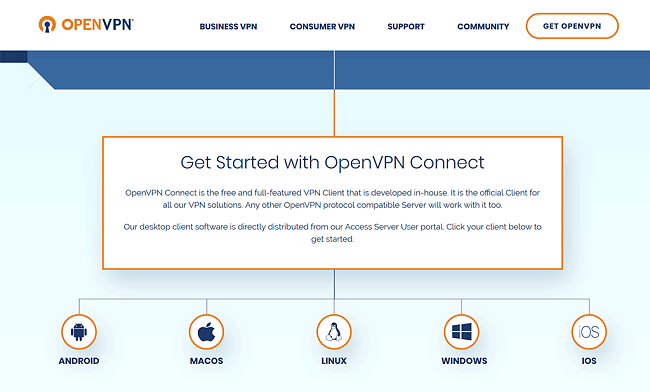
Editor’s Note: We value our relationship with our readers, and we strive to earn your trust through transparency and integrity. We are in the same ownership group as some of the industry-leading products reviewed on this site: ExpressVPN, Cyberghost, Private Internet Access, and Intego. However, this does not affect our review process, as we adhere to a strict testing methodology.
How To Set Up OpenVPN Manually On Your Devices
You should also be aware that this method still requires you to subscribe to a premium VPN service, like NordVPN, to gain access to the configuration files.
Windows
- Install the OpenVPN GUI application.
- Once installed, download the VPN server configuration files from the provider’s website.
- Select Show Available Protocols to reveal the protocol list, and click Download Config next to OpenVPN TCP and OpenVPN UDP.
- After downloading the files, navigate to the folder where they’ve been saved and copy them to this directory: C:/Program Files/OpenVPN/config/
- The OpenVPN GUI application supports up to 50 configuration files at once, with each file representing a particular server. VPN’s network has over 5,000 servers, so you need to choose the servers you want to use before the manual installation.
- Open the OpenVPN GUI app.
- Allow the app to make changes to your device.
- The application will start running automatically.
- Right-click on the OpenVPN GUI icon and choose a server by selecting Connect.
- Enter your VPN login details in the popup window.
- The app icon will turn green to indicate that you are safely connected to a VPN server via OpenVPN.
Mac
If you are a Mac user, you can use either the TunnelBlick client or the Viscosity client to install OpenVPN manually. For this example, we are going to use Viscosity.
- Download Viscosity (supported by OS X 10.7 or newer), then navigate to the VPN website and download the Mac OS configuration files package.
- Unzip the configurations file package.
- Open the Viscosity .dmg file and install the application.
- Launch Viscosity and allow the Viscosity Helper Tool installation.
- Click on the Viscosity icon in your menu bar and then select Preferences.
- Click the plus sign in the preferences window, then select Import Connection and From File.
- Select the configurations folder you unzipped in Step 2.
- After the files have been imported, go to the Viscosity icon in your menu bar. Pick your server from the drop-down list.
Linux
On a Linux system, you can connect to OpenVPN via Shell or Network Manager. We are going to use Shell for this example.
- Launch Terminal.
- Enter the following text to install OpenVPN:
sudo apt-get install openvpn - Use this command to get to the OpenVPN configuration directory:
cd /etc/openvpn - Next, download your VPN’s configuration files by entering the command:
sudo wget https://downloads.nordcdn.com/configs/archives/servers/ovpn.zip - You will need to have an “unzip” package installed to proceed. If you don’t have one, download and install the package before continuing.
- Type the unzip command:
sudo unzip ovpn.zip - As usual, when unzipping files on Linux, use this command to remove files you no longer need:
sudo rm zip - Type in either cd ovpn_udp OR cd ovpn_tcp, depending on which OpenVPN connection type (UDP or TCP) you prefer.
- To view the server list, type in:
ls -al - Choose the server you want to use.
- You can now launch OpenVPN by entering:
sudo openvpn [file name]
Where [file name] is, enter the unique identifier for your chosen server. - Enter your VPN login details when prompted.
Android
- Open your browser and download the VPN configuration package from the provider’s website.
- Go to the Google Play store and install the OpenVPN Connect app.
- Accept the terms and open the application.
- Tap the menu button in the app, then tap Import in the drop-down menu.
- Select Import Profile from SD card. Find the configuration files in your downloads folder.
- Choose one of the configuration files and tap it to import it.
- Select Accept.
- Repeat steps 5 through 8 to add other servers to the app.
- Tap the box to get the drop-down menu, then select your server.
- Enter your VPN username and password.
- Tap Connect, and then Continue to connect without a certificate.
iOS
- Go to the App store on your iPad/iPhone. Find OpenVPN Connect and install the app.
- Download one or more of the ovpn configuration files from your VPN’s website.
- After downloading the file(s), choose Open in OpenVPN.
- Tap on the green ‘plus’ button.
- Enter your VPN login details and save the password in your keychain. If you are asked for permission to add OpenVPN to your VPN configurations, click Allow.
- Tap on the button to toggle from Disconnected to Connected to connect to the VPN.
- You are now connected to the VPN network via OpenVPN on your iOS device! To disconnect, toggle the Disconnected/Connected button back to Disconnected.
Advantages of OpenVPN
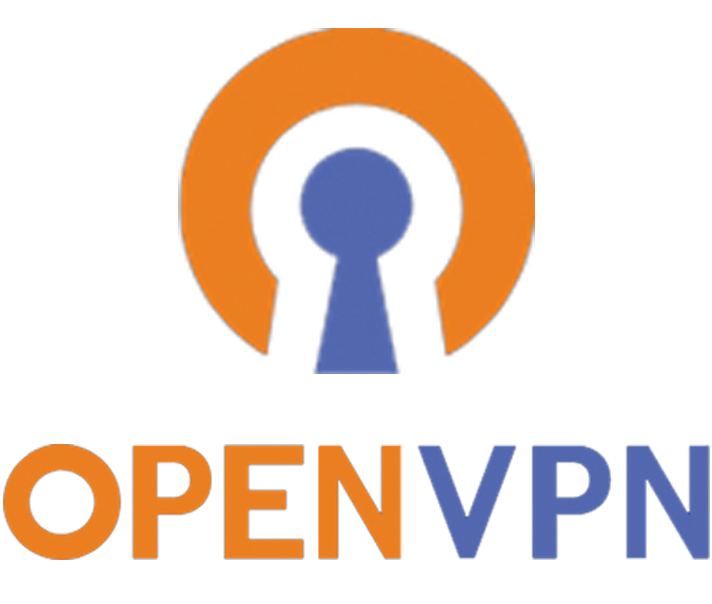
As an open source software, OpenVPN can be improved upon and developed, making it more secure over time. By having several minds working on strengthing the code and inspecting the service, there’s a higher chance of them catching any faults.
In the end, OpenVPN will likely be overtaken by another protocol, its current competition being IKEv2. However, it still stands strong as the industry leader and can be trusted.
Best VPNs With Native OpenVPN Apps
1ExpressVPN – Fastest Connection Speeds
- 3,000+ global servers
- Unlimited bandwidth
- Unlimited speeds
ExpressVPN supports the OpenVPN protocol on all its native applications, automatically providing you with the most secure connection. While this VPN defaults to OpenVPN, it doesn’t restrict your choices and allows for you to choose from other protocols via their app or manual installation if that’s what you prefer.
Your devices will be extremely secure with this service as their security features include robust encryption protocols, DNS/IP leak protection, split tunneling, an automatic kill switch, and a strict zero logs policy. Your personal information will be entirely hidden from prying eyes, and they will ensure that no government agencies, ISPs, cybercriminals, or hackers gain access to your data.
Like NordVPN, ExpressVPN has a 30-day money back guarantee for you to try out their service. You can also protect up to five devices at once when connected to their servers.
2NordVPN – Largest Server Library
- 5,000+ global servers
- Unlimited bandwidth
- CyberSec
With NordVPN’s native apps, you have OpenVPN as the default protocol for all devices except iOS, which only offers the IKEv2 protocol. You’ll also get the choice between IKEv2 and OpenVPN on Mac OS operating systems; however, IKEv2 is only available for OS X 10.2 and newer.
This VPN has servers in over 60 countries all with impressive unblocking capabilities and the ability to bypass the geo-restrictions of most streaming sites, including Netflix. I also recommend them if you require a solution to overcome online restrictions in nations like China, Russia, or Iran. Their obfuscated servers are purpose-built to effectively navigate the stringent firewalls in these regions.
NordVPN offers all users a 30-day money-back guarantee to test out the full extent of their services without committing to a subscription. You can also keep the entire household secure when using NordVPN as six devices can be connected simultaneously.
3CyberGhost VPN – Best Money-Back Guarantee
- 4,500+ global servers
- Unlimited bandwidth
- Connect up to seven simultaneous devices
Native CyberGhost apps use the OpenVPN protocol as a default, protecting you on most major platforms, including Windows, Linux, Mac, iOS, and Android. You can also connect up to seven devices simultaneously, so everyone in the family is protected.
This VPN has military-grade security with features such as 256-bit AES encryption, an in-built ad-blocker, and a no logs policy. Being based in Romania means they are located in a country outside of the 5/9/14 Eyes Alliance.
CyberGhost also offers new users a 45-day money-back guarantee. We highly suggest taking advantage of this deal before committing to their service.
Conclusion
With incredible speeds, secure codes, and high levels of encryption, OpenVPN is a dependable protocol. Regardless of whether you install the protocol manually or use it within a native app, your data will stay protected.
The only native app that NordVPN doesn’t support OpenVPN through is iOS; however, setting it up manually on your Apple devices is a breeze with our guide above.
No matter what service you use to set up OpenVPN on your device, you’ll be well protected.

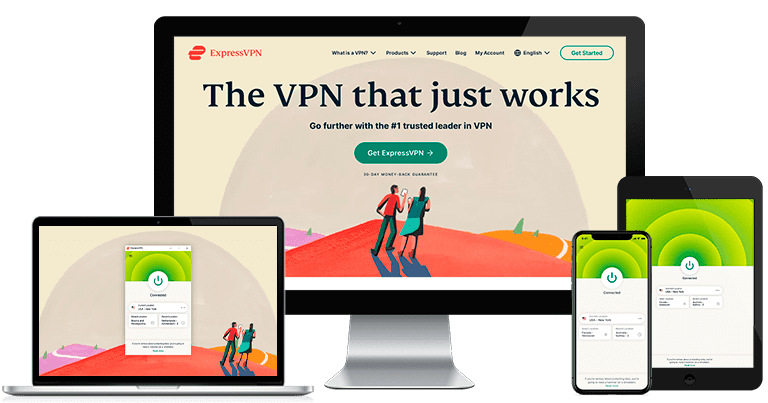

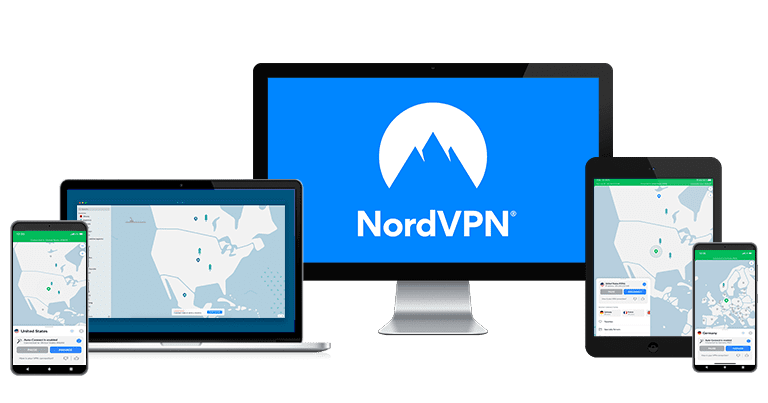
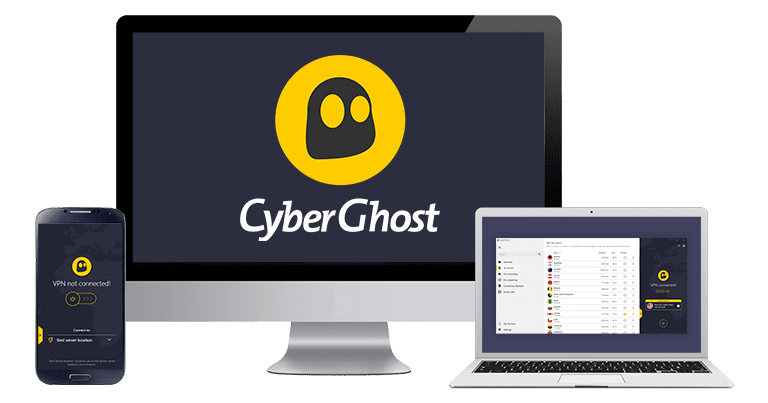




Leave a Comment
Cancel